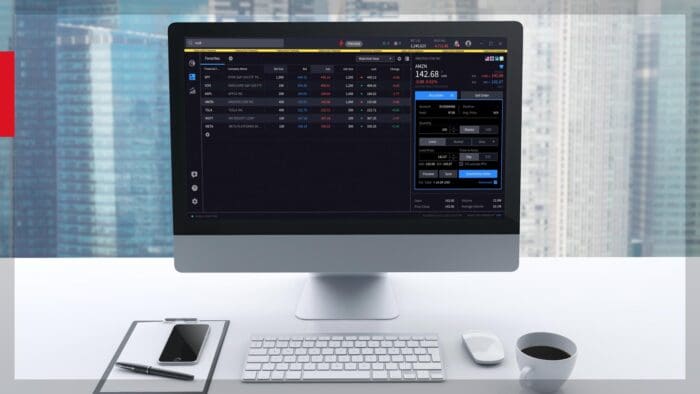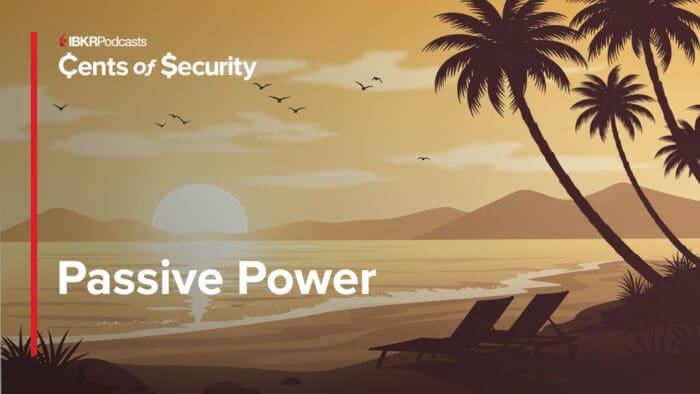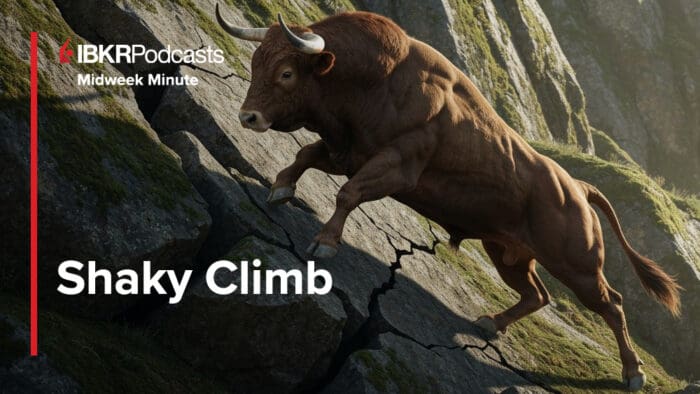What is a hedge? In investing terms, a hedge is a position taken in a financial instrument whose price movement is intended to move in the opposite direction to a core asset, designed with the purpose of reducing risk and limiting losses. The hedging instrument is typically derived from the underlying asset.
Stock investors face two principal risks First, shares in the company they own may decline regardless of what happens to the economy or the stock market. This ‘stock-specific’ risk is the price an investor pays for bearing that investment opportunity. A company may perform badly due to competition or simply due to poor management. Second, the investor faces market risk or the risk that those shares owned fall in tandem with the fate of the economy or a bear market faced by the stock market at large.
Investors tend to be risk-takers, but often or selectively, may seek to mitigate risk by reducing exposure. Reducing exposure can be done in two ways. One, by selling some or all of their shares. The implication here is known as opportunity cost in which the investor may miss out on potential financial gains by not being invested. Two, by mitigating risk through partial or equally offsetting investments in derivative instruments of either the underlying stocks they own or through the futures market in which the derivative is intended to represent the price and performance of the broad market.
What is a derivative? A derivative instrument is an investment whose price is derived from the value of an underlying instrument. Both options and futures are examples of derivatives. Both derivative examples are often used for hedging purposes, although they can both be used to speculate efficiently on the value of the underlying financial instrument.
What are options? An option is a well-defined contract conveying rights for buyers and obligations for sellers. Such contracts allow investors to mitigate or offset risk during a specified time period. Options are often referred to as insurance on financial products, since their cost is referred to as a premium whose value is derived from the price of the underlying asset. Options typically have a strike price, which determines whether the contract at maturity has value or not. Call options enable holders to lock into a fixed price to buy the underlying asset, typically a stock, through expiration. Put options enable owners to lock into a fixed price to sell the underlying asset, typically a stock, through expiration.
What are futures? A future is a well-defined contract typically providing leveraged exposure to a broad market index or commodity. Most futures contracts are exchange traded and bring together large or small investors to offer a large pool of liquidity, whereby the exchange assumes counterparty risk by guaranteeing all trades. The price of a futures contract is determined through constant buying and selling throughout the trading day, and often overnight. A futures contract typically represents a basket of an underlying index or commodity and most contracts are sold before the contract expires, so that very few investors ever hold them at maturity. Because they represent a basket of stocks, or an index, or a commodity, the price mirrors the price of the underlying asset upon which it is based offering investors highly liquid exposure to the market they want to be exposed to. Futures markets, therefore, act as a perfect way to either speculate or hedge exposure to an underlying asset.
What is a portfolio? A portfolio is the name given to all of the assets an investor owns. Someone who owns $10,000 worth of ABC Corp., $20,000 worth of Acme Company stock and $15,000 worth of XYZ Bonds has a total portfolio of $45,000. The concept of a portfolio is important when it comes to mitigating risk and trying to understand what the investor might do to hedge component pieces of the portfolio or adopt an overall portfolio hedging strategy.













How can I find out what IBkR is paying to borrow SiriusXm shares from clients to loan out? I have 115,000 shares and before I transfer them from Schwab to iBKR, I’d like my question answered. Thank you.
Hello, thank you for reaching out. For this situation, please contact Client Services:
http://spr.ly/IBKR_ClientServices
come funziona il prestito di azioni a ibk ? ?? Poi 2 come faccio sapere se posso fare ,cioe se ho questi permessi per fare opzioni su azioni usa e futures idem ?? O anche europee ??
Grazie per averci contattato. Il programma Stock Yield Enhancement offre ai clienti l’opportunità di guadagnare un reddito aggiuntivo su posizioni di titoli completamente pagate che altrimenti sarebbero segregate consentendo a IBKR di prestare tali titoli a terze parti. Ai clienti che partecipano al programma viene fornita una garanzia del Tesoro statunitense mentre i titoli sono in prestito e ricevono il 50% del tasso di mercato (%) come reddito. Si prega di visualizzare queste FAQ per maggiori informazioni sul programma Stock Yield Enhancement: https://www.interactivebrokers.com/faq?id=35790874 Il programma è disponibile per i clienti IBKR idonei che sono stati approvati per un conto margine o che hanno un conto in contanti con un capitale superiore a 50.000 USD (o equivalente). Si prega di notare che tutti i clienti sono idonei a partecipare al programma Stock Yield Enhancement. Attualmente, i clienti di IB India e IB Japan NON sono idonei. I clienti di IB LLC, IB Canada, IB Hong Kong, IB UK, IB Ireland, IB Central Europe e IB Singapore sono idonei, così come i clienti giapponesi e indiani che commerciano con IB LLC. I clienti di IB Australia potrebbero essere idonei per SYEP Derivatives. Puoi seguire queste istruzioni per iscriverti al programma Stock Yield Enhancement: 1) Accedi al Portale clienti. https://ndcdyn.interactivebrokers.com/sso/Login?RL=1&locale=en_US
2) Fai clic sul menu Utente (icona testa e spalle nell’angolo in alto a destra) seguito da Impostazioni. 3) In Impostazioni account trova la sezione Trading. Fai clic su Stock Yield Enhancement Program. 4) Iscriviti al programma Stock Yield Enhancement Program selezionando la casella o termina la partecipazione rimuovendo il segno di spunta dalla casella accanto. 5) Fai clic su CONTINUA e segui le istruzioni sullo schermo. Speriamo che questo ti aiuti!